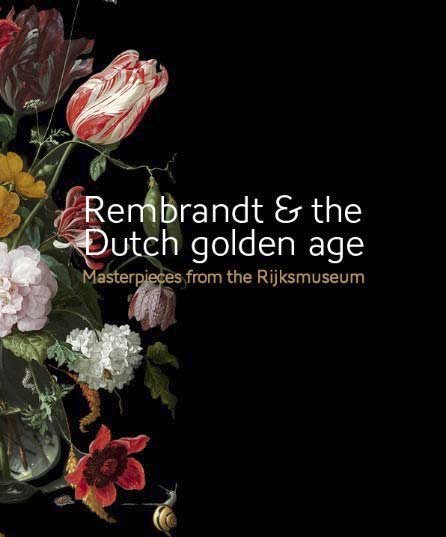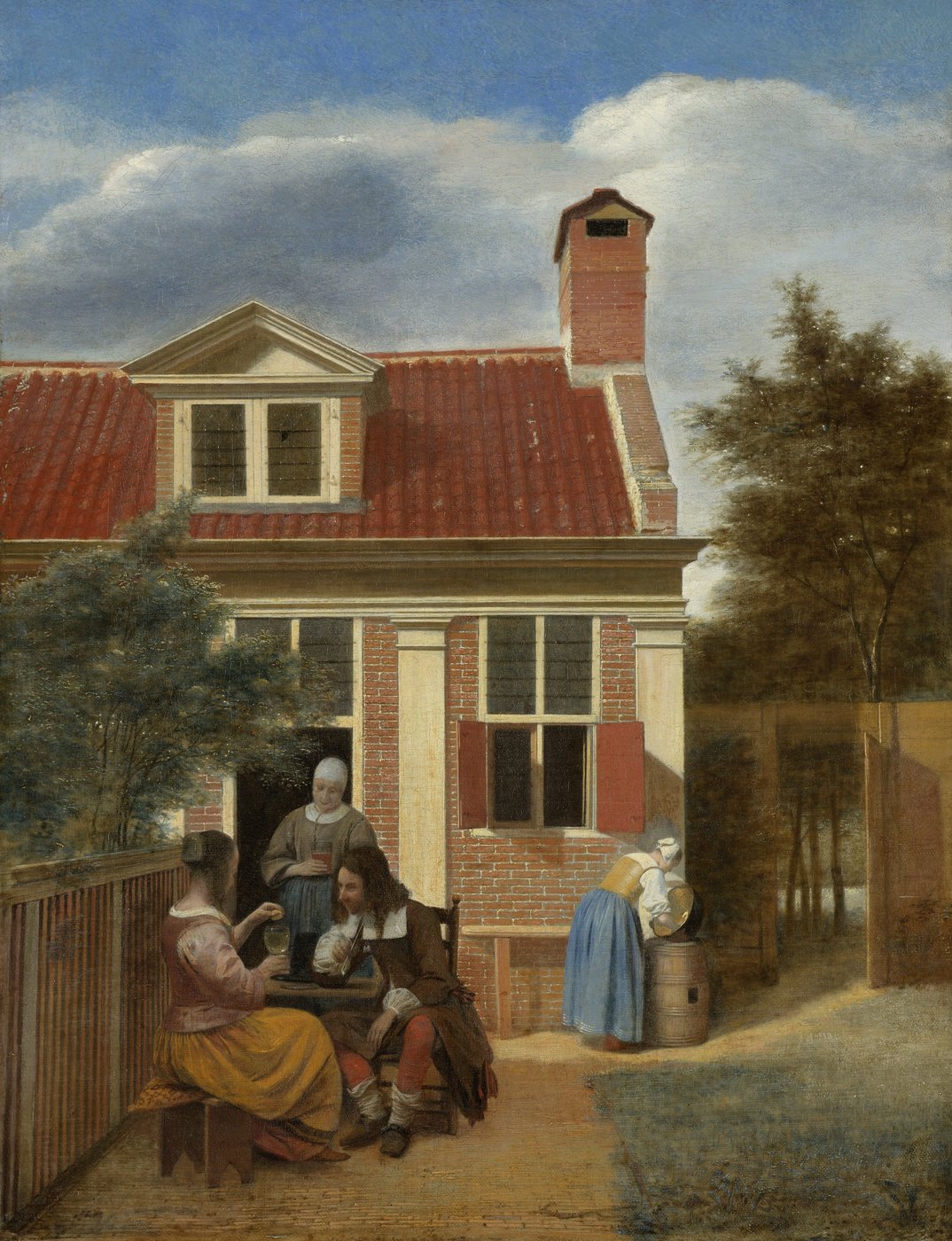Menu
Rembrandt and the Dutch golden age
masterpieces from the Rijksmuseum 11 Nov 2017 – 18 Feb 2018
Buy tickets
Johannes Vermeer, ‘Woman reading a letter’, c1663 (detail), Rijksmuseum, On loan from the City of Amsterdam (A van der Hoop Bequest)

'Again on Painting’, a poem by Constintijn Huyghens
Ruff Stuff
Guest blog by fashion historian Peter McNeil

Rembrandt and the Dutch Golden Age : Masterpieces from the Rijksmuseum $24.95 AUD
Gallery shopGolden Age Voices
As for the art of painting and the affection of the people to pictures, none other go beyond them… All in general [strive] to adorn their houses, especially the outer or street room, with costly pieces…
— Peter Mundy, English visitor to the Dutch Republic, 1660
Craze for Kraak
Guest blog by curator of Asian art Natalie Seiz

A scene from the stage or the pub?
Golden Age Voices
The United Provinces are the envy of some, the fear of others and the wonder of all their neighbours.
— Sir William Temple, English statesman and essayist, 1673
The Lens of Reason
Guest blog by philosopher Tim Dean

At home with de Hooch: memories from Gallery director Michael Brand
Mapping New Holland
Guest blog by curator of maps Maggie Patton

